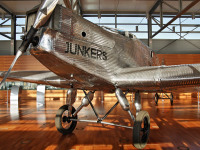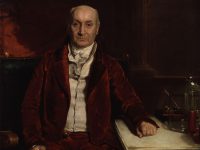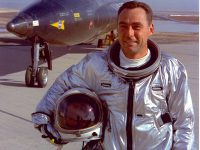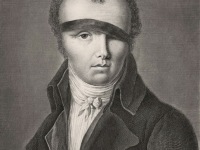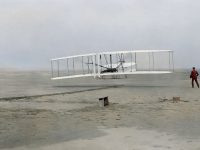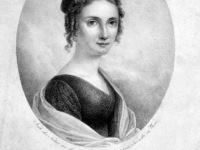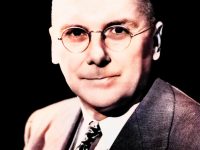The First Non-stop Westbound Flight over the North Atlantic
On April 13, 1928, German pilots Hermann Köhl and Ehrenfried Günther Freiherr von Hünefeld together with their Irish co-pilot James Fitzmaurice succeeded in crossing the Atlantic from east to west in an airplane. 36 hours after their take off in Baldonnel, Ireland, they landed with their Junkers W33 aircraft called ‘Bremen‘ on the Canadian island Greenly Island. Transatlantic Flights The possibility of transatlantic flight by aircraft emerged after the First World War, which had…
Read more

